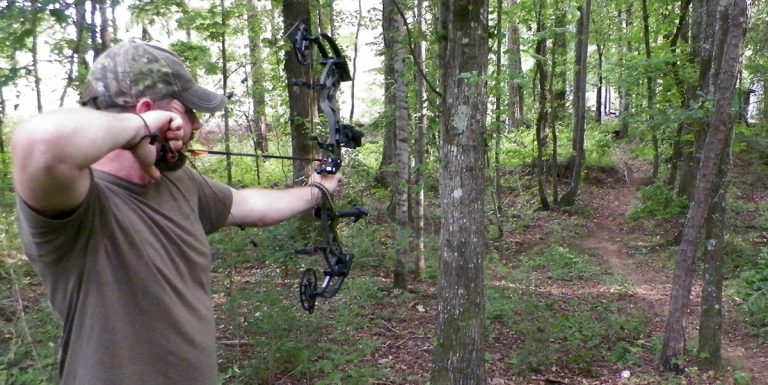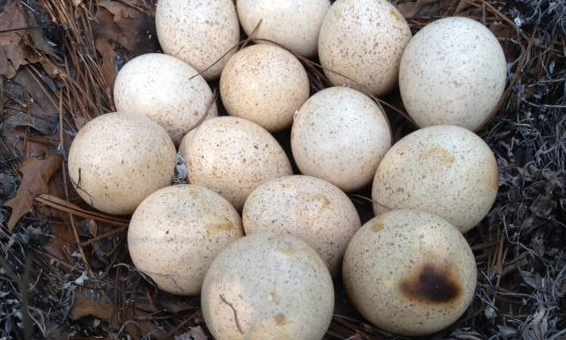It’s Time to Stop Worrying About Genetics
Last Updated on June 7, 2022 by Brian Grossman
As deer hunters and managers, we seem to find an endless supply of things to concern ourselves with: when to hunt which stand, where to put our trail cameras, how our food plots are performing, and which deer the neighbors are shooting, to name a few. But here’s one thing you can mark off that list: genetics.
Whitetail research has consistently shown that even under an extremely intensive buck culling program, you cannot manage the genetics of a wild, free-ranging deer herd. So there is no need to lose sleep over that spike buck you keep seeing or that 8-pointer with the messed up rack.
For years, I followed along with the whole cull-buck train of thought because on the surface it seems to make perfect sense — if I kill a buck with a small “inferior” rack, he won’t be around to spread his genes. It sounds good in theory, but there are several reasons why doing so will ultimately have zero impact on the future quality of your bucks. Let’s take a look at three of the more obvious.
Does contribute genes too
We know that a doe contributes at least 50 percent of a whitetail fawn’s genetic makeup. So, while you may be able to look at a mature whitetail buck and speculate on his genetic potential based on antler growth, how are you going to know which does are carrying the best genetic potential? It’s not possible.
Young bucks disperse
Another reason it is impossible to control genetics in a free-ranging deer herd is that approximately 70 percent of yearling bucks disperse from their birth area to seek out their own permanent home range. These dispersions average from 5 to 7 miles, and have been recorded as far as 131 miles! So, even if that big buck you’ve been protecting is breeding the does where you hunt, there is a good chance his offspring will leave your property never to return. It also means that yearling bucks from other properties — ones where you have no control over the harvest — are likely taking up residence where you hunt. And it’s not just yearling bucks who roam.
Bucks take excursions
While yearling bucks sometimes disperse never to return, other bucks take what is know as an excursion. An excursion is when a buck leaves his home range, sometimes traveling several miles, only to return home days if not hours later. These excursions are often, but not always, associated with the rut and are likely the result of a buck searching for a receptive doe. So, that big mature buck on your property may be breeding does on your neighbor’s farm, and it is just as likely that the bucks on your neighbor’s property may be coming over to breed does on yours.
Summary
Hunters of free-ranging whitetails have tried for decades to improve the genetics of their local deer herds with the pull of a trigger, and for decades this practice has failed to produce any measurable results. You can’t control which bucks breed which does, and you certainly can’t tell which does are carrying the best genes for antler growth. So, can we all agree to mark genetics off our list of things to worry about this deer season? We are much better off focusing on the two aspects of deer development we can control — nutrition and age. In fact, if we base on harvest criteria on the latter, then there is never a dilemma over which deer to shoot. They are either old enough or they aren’t.
For more information on why we can’t manage deer genetics, check out this article from the Quality Deer Management Association.







